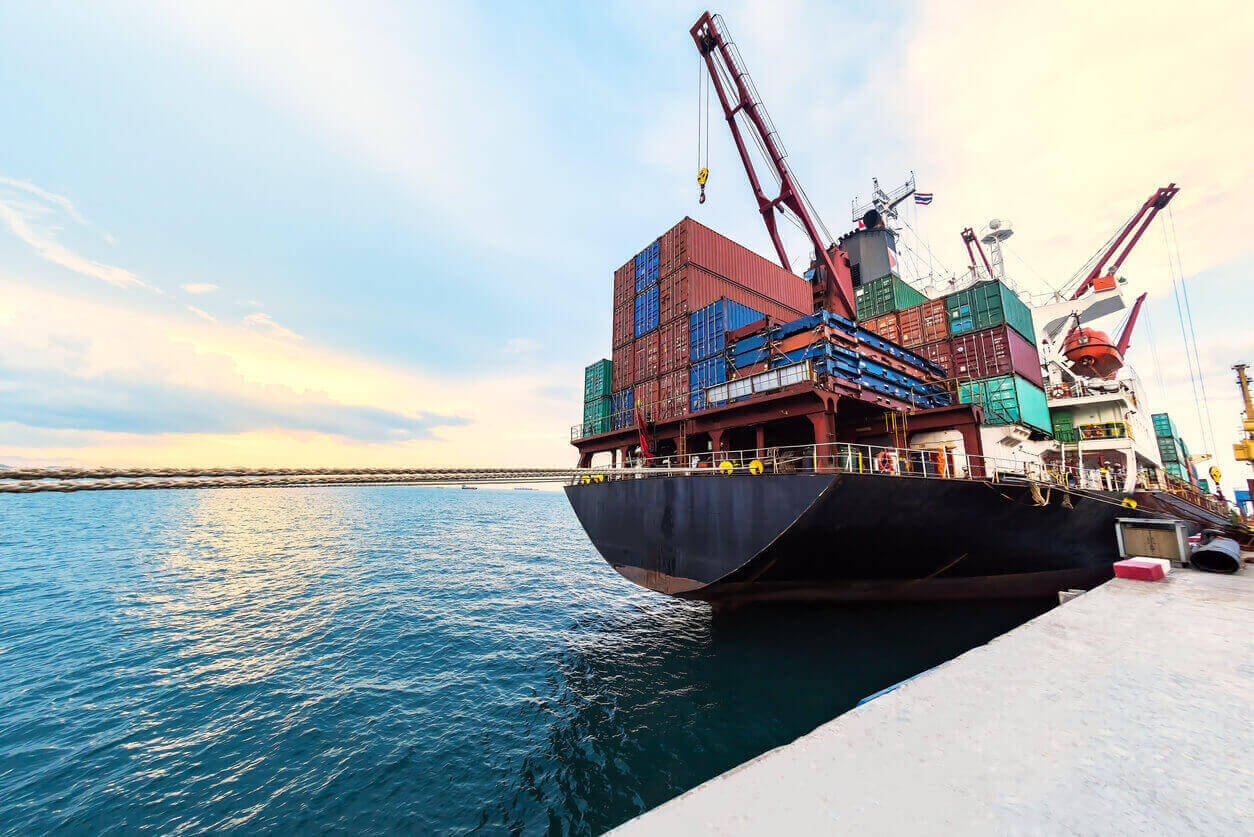
Health & Safety Considerations for Commercial Ship Workers
May 21, 2021
Working on commercial ships is a risky endeavor. The commercial shipping industry is one of the sectors that experiences high rates of injury and illness. These risks are only compounded by transit to and from foreign ports. As a risk management strategy, commercial marine insurance is designed to protect shipping companies, their vessels, and their workers against a broad range of operational and liability risk exposures. Understanding health and safety factors for commercial ship workers can also help protect maritime workers.
Shipboard Risks: An Overview
In the commercial maritime industry, numerous factors influence the risk of injury or illness rates on shipboard workers. Harsh operating conditions, heavy cargo, and complex equipment all present significant challenges to health and safety. In fact, shipboard workers are injured or killed at a rate five times that of the overall U.S. workforce. Among the common risks for commercial ship workers are:
- Crushing injuries from shifting cargoes or overhead hazards
- Slip and fall injuries
- Drownings
- Electrocutions
- Burn injuries
- Inhalation injuries
- Temperature-related injuries (hypo- and hyperthermia)
The close confines of ships also present risks related to illnesses. Shipboard workers can fall ill when exposed to other crewmembers. In foreign ports, disease vectors unfamiliar to stateside workers can result in serious or even fatal illnesses. Because of these injury and illness risks, commercial marine insurance is a vital part of a broad risk management program for shipping companies.
Protecting Shipboard Workers: Industry Best Practices
The first step in mitigating any risk is to identify potential hazards. Aboard commercial vessels, potential hazards can include:
- Slippery deck surfaces.
- Cramped working conditions.
- Weather and temperature extremes.
- Malfunctioning or broken equipment
- Toxic or flammable substances.
- Missing or inadequate safety devices like railings, stairways, and egress ladders.
- Potential for exposure to diseases.
Once hazards are identified, shipping managers can begin to address safety and health protections for workers. Best practices for protecting maritime employees include:
Safety training – crewmembers must be trained on proper and safe use of equipment, personal protective gear, and safety features aboard ships. Training should be conducted on a regular and ongoing basis.
Adopting safety-oriented workplace cultures – when the entire company is invested in improving safety, claims against commercial insurance policies decline at a similar rate to the number of injury and illness incidents. Safety-oriented workplaces include monitoring for safety hazards, reporting hazards promptly, and avoiding risk-prone activities whenever possible.
Adhering to established federal/international safety regulations – the Occupational Safety and Health Administration (OSHA) publishes safety guidelines for American maritime workers. International shipping organizations have also established rigorous safety standards for ship-based employees.
Access to and use of personal protective equipment (PPE) – PPE is designed to protect workers from common injury risks, and can include:
- Insulated coveralls
- High-visibility vests or clothing
- Life jackets
- Gloves
- Protective footwear
- Hardhats or helmets
- Respirators for work in confined spaces
Using boarding equipment to gain access to vessels from land or sea – boarding equipment can include gangways, ladders, or ramps. If workers board vessels across open water, safety nets should be positioned to reduce the chance of overboard injuries.
Inspecting equipment for proper function – shipboard equipment like cargo cranes, winches, and roller guides should be inspected regularly and repaired promptly if issues are discovered. This can reduce the chance of faulty equipment causing a serious or fatal injury.
Exercising caution when mooring at foreign ports – shipboard workers may be exposed to unfamiliar bacteria or viruses in foreign ports. To protect against illness, minimize contact between workers and monitor for unusual symptoms of illness, including fevers.
Finally, shipping companies must evaluate their commercial marine insurance policies, ensuring that the coverage reflects current and emerging risk exposures. Commercial marine insurance is designed to provide coverage against a broad range of risks. With this insurance and with safety-oriented shipboard practices, the chances of injuries and illnesses among workers is greatly reduced.
About Merrimac Marine Insurance
At Merrimac Marine, we are dedicated to providing insurance for the marine industry to protect your clients’ business and assets. For more information about our products and programs, contact our specialists today at (800) 681-1998.
